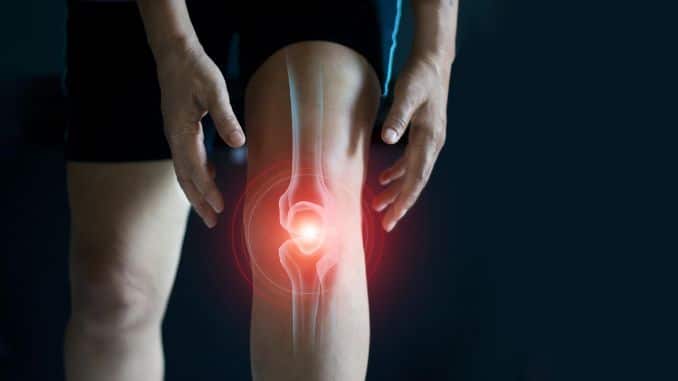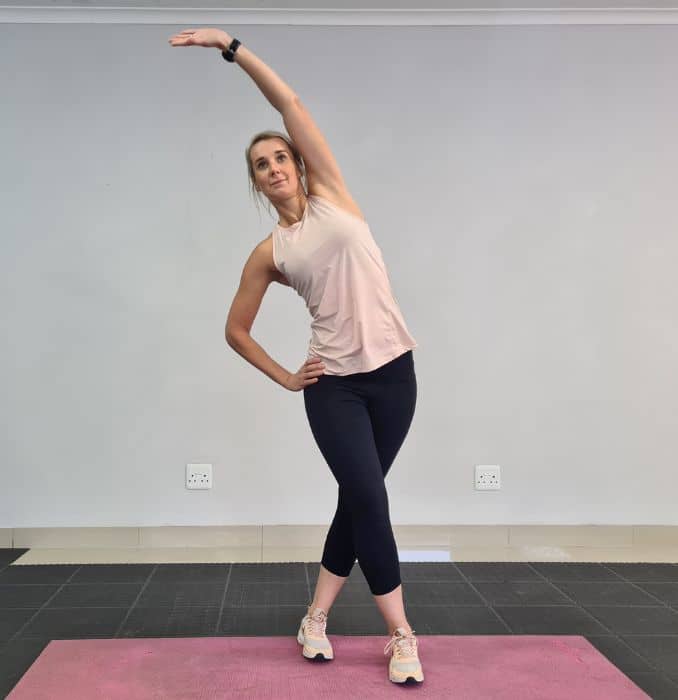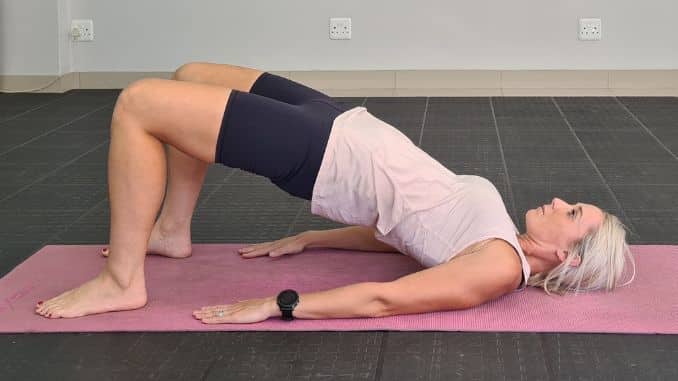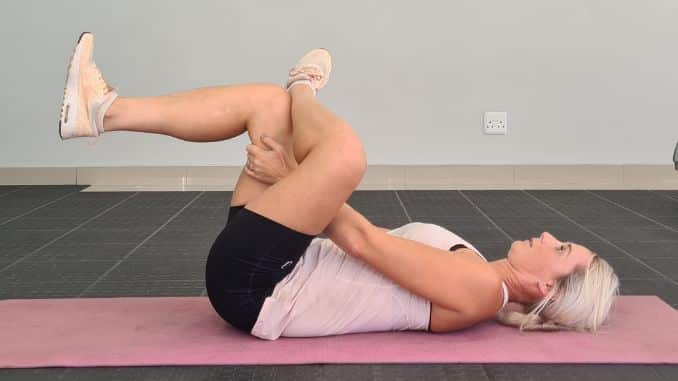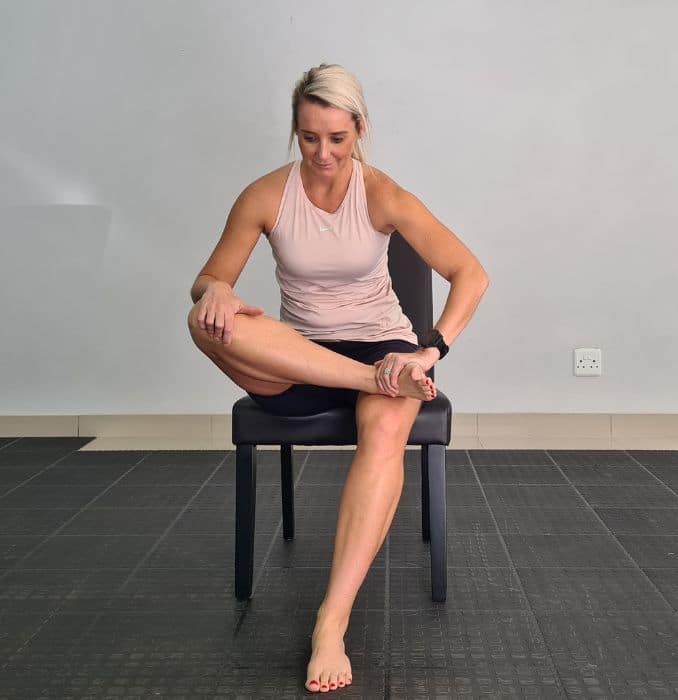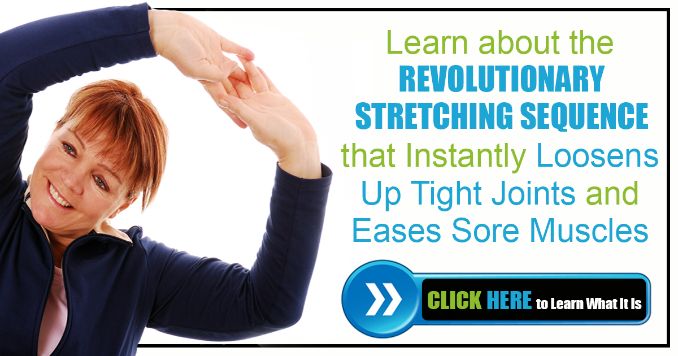
Sleep is an essential part of our life; just like food, water, and air, we can’t function well without it. It is a crucial part of the body’s natural processes, allowing it to rest, repair, and rejuvenate. For these reasons, it is indeed important to invest in a good not sleep, and we should avoid things that can interrupt it, joint pain included. In this article, we will dive more into Hip pain at sleep as well as the Hip Pain Exercises.
Hip pain is one of the most common conditions that cause functional disability. This debilitating symptom usually occurs during several activities like prolonged sitting, standing, and walking. Surprisingly, there are also cases of hip pain that emerge during sleep. This pain and discomfort not only bring stress to individuals but also interfere with their sleep – the time of rest, repair, and rejuvenation, which can result in poor sleep quality and deprivation. This sleep problem further leads to impaired brain function, bad mood, and physical and mental health issues.
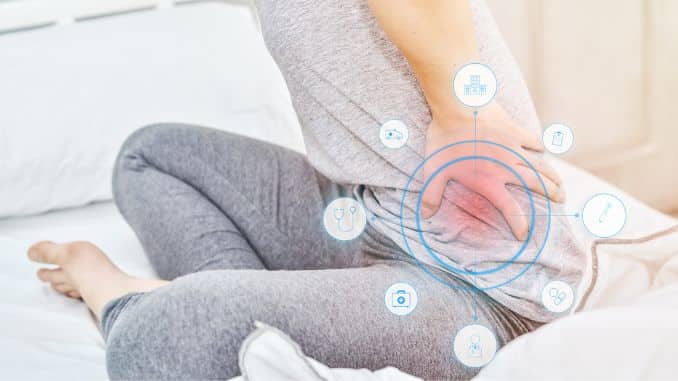
Many conditions can cause hip pain during the night. Luckily, these conditions may vary in signs and symptoms, and an examination and evaluation from a medical professional can help diagnose it, thus helping us pinpoint its cause, have suitable medications, and create a treatment plan as well as Hip Pain Exercises. Below are the hip conditions that can cause pain and disrupt our sleep.
Hip Conditions That Can Cause And Disrupt Our Sleep
1. Osteoarthritis
This degenerative joint disease can cause pain and stiffness in the hip joint, particularly when lying down. Osteoarthritis is correlated with increased age as the mechanism of the injury is also related to degeneration and wear-and-tear of the joint lining or the hyaline cartilage.
We can manage this condition by reducing the load in the joint. For obese and overweight individuals, it is best to control our weight so we can lessen the stress received by our joints. Strengthening the muscles around the joint also helps protect and stabilize the affected structures. Activity modifications like refraining from vigorous or intense sports and activities can also help reduce joint movement and stress.
2. Bursitis
This is the inflammation of the bursa, a fluid-filled sac that cushions and protects the hip joint. Bursitis can cause pain in the hip joint, especially when lying on the affected side, as it can result from repeated trauma or pressure to the bursa of the joints. The condition usually resolves on its own after days or weeks, but if the cause of the problem is not addressed, reoccurrence of bursitis is most likely to happen. Physicians usually prescribe anti-inflammatory medications and injections to address the condition.
Hip Pain Exercises:
-
-
Standing TFL/ITB Stretch
-
Stand near a wall or a stable object for support. For example, if you are going to stretch the left TFL, cross your left leg behind the right reaching the far right side. Add a rotating motion on your left leg by rotating outward, making the left big toe point on the right foot or close to this position. Make sure that your hips are in a neutral position. You may add a hip extension for more stretch of the muscle. Side flexion of the trunk towards the opposite side of the muscle being stretched can also add further elongation of the muscle. Hold for about 30 seconds. Switch sides and repeat. This stretches the TFL and ITB.
3. Tendinitis
This is the inflammation of the tendons that attach muscles to bones. Tendinitis can cause pain and discomfort at night, especially with pressure on the affected area. Doctors also prescribe pain medications to manage the symptoms. Once you achieve healing, you can also do exercises like strengthening and stretching to add integrity and extensibility to the tissues.
Tendinitis affects the tendon of muscles, so exercises and treatment may vary depending on what is injured. One of the most common tendinitides in the hip area is gluteal tendinitis affecting the tendon of the gluteal muscles, particularly the gluteus medius and minimus.
Here are Hip Pain Exercises you can do:
-
-
Side-lying Hip Abduction
-
This exercises the muscles of the hip, particularly the gluteus medius. While in a side-lying position, bend the knee nearer the floor or bed for support. Lift your leg backward upwards around 45 degrees. Hold for 5 to 6 counts. Lower your leg and repeat 10 times. You may use an ankle weight to add more resistance.
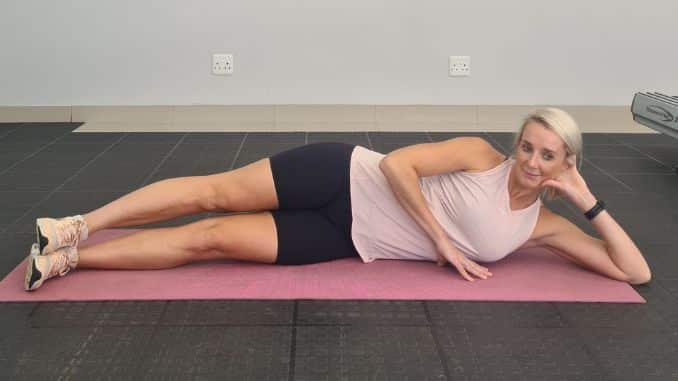 |
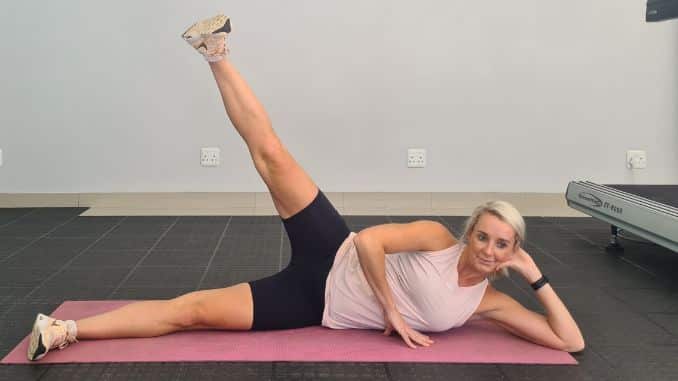 |
-
-
Bridging
-
Begin this Hip Pain Exercises while lying on your back with both knees bent at about a 45-degree angle and both feet flat on the floor. Let your arms rest at your sides. Slowly lift the hips by pushing on the floor with your feet until your knee, hip, and shoulder are in a straight line. Hold for 5 seconds. Do it for 10 repetitions. This exercise strengthens the gluteal muscles of your buttocks that stabilize your hips.
4. Hip Labral Tears
The labrum is a ring of cartilage that lines the hip joint. Labral tears can be the result of degenerative or traumatic processes. Tears in this cartilage can cause hip pain, especially when lying on the affected side. Moreover, a person with a labral tear usually complains of a clicking or locking sensation in the joint. In addition, the person will present with pain in the hip or groin, stiffness, and decreased range of motion. Medications can also be prescribed to help in managing pain. Exercises for the hip and core are also suggested to promote hip and pelvis stability.
5. Fractures
Fractures or breaks in the hip bone can cause sharp and severe pain and discomfort, which may worsen at night. Hip pain due to fracture can be felt in the outer hip, thigh, and groin area. Bearing weight on the leg can also be painful, causing problems with standing and walking. If an individual has this condition, diagnostic imaging is advised to assess the severity of the fracture. Treatment usually includes medications, exercises, and surgical intervention.
6. Sciatica
This condition occurs when the sciatic nerve, which runs from the lower back to the legs, is compressed or irritated. This can cause shooting pain in the hip and lower back, which may be worse at night. Several back problems can cause this symptom. However, one of the most common causes of sciatica is the tightness of a muscle called the piriformis, and this scenario is called piriformis syndrome.
If you are diagnosed with this condition, you can consider these Hip Pain Exercises to address the problem:
-
-
Reclining Pigeon Exercise
-
Lie on your back, and bring your legs up with knees bending to a 90-degree angle. Place your right ankle on top of the left knee. Clasp both hands behind the left thigh and pull it towards your chest. Hold the position for 10 seconds and repeat it 2 times. Do the same exercise with the other leg. Remember to avoid holding your breath while doing the stretching. This helps stretch the piriformis muscle that presses against the sciatic nerve, causing pain.
-
-
Sitting Pigeon Pose
-
Sit on the edge of the bed or chair. Bend your right leg, putting your right ankle on top of the left knee. Lean forward and allow your upper body to reach toward your thigh. Hold for 10 seconds and repeat 2 times. Repeat on the other side. This helps stretch the piriformis muscle together with the gluteal muscles.
Several conditions can affect our sleep, and identifying them plays an important role in addressing and managing it. If you are experiencing hip pain during sleep, it is important to see a doctor for an accurate diagnosis and appropriate treatment.
Here is a revolutionary 7-minute stretching sequence that instantly loosens up tight joints and eases sore muscles. This could also help you increase your energy, lose weight, decrease pain, stiffness, and stress, and make you happier! Check out our 11 Daily Stretches to Feel and Look Amazing now!

